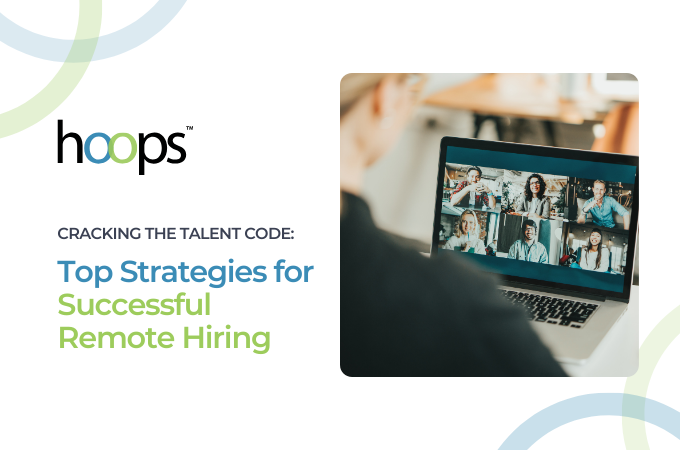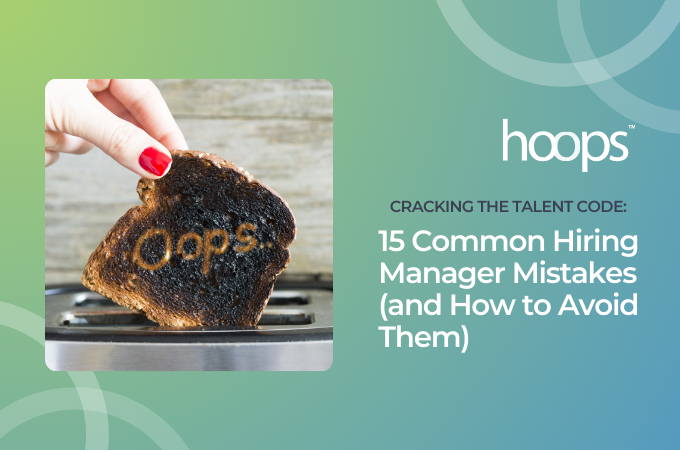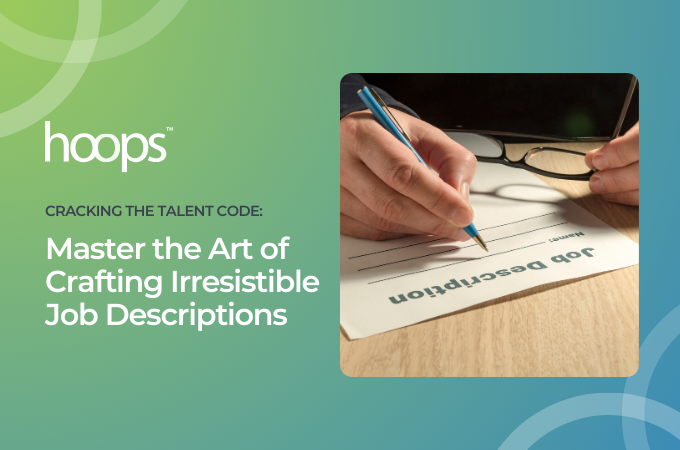As businesses strive to future-proof their workforce, hiring practices are evolving to prioritize candidates who align with company values, work ethic, and attitudes. This approach, often called hiring for "culture add," emphasizes bringing in unique perspectives that enhance company culture rather than strictly seeking candidates who "fit" an existing mold. A workforce filled with diverse, growth-minded individuals who share core values brings positive long-term impacts, from reduced turnover to greater innovation.
What Is Culture Add vs. Culture Fit?
Culture fit often focuses on hiring candidates who are similar to existing employees or possess qualities that align with the current organizational culture. While this can foster cohesion, it risks stifling diversity and innovation if taken too far. In contrast, culture add seeks candidates who bring new perspectives while still aligning with the company’s foundational values. Rather than creating a homogenous workforce, hiring for culture add allows companies to benefit from a diversity of ideas, skills, and problem-solving approaches.
As Forbes notes, "Hiring for culture add instead of fit brings in fresh perspectives that can propel innovation and prevent groupthink." With 65% of hiring managers now prioritizing skills and values alignment over educational background, it’s clear that a shift toward culture add is well underway.
Why Culture Add Matters More Than Ever
- Boosts Team Performance and Innovation
Research from Gallup shows that diverse and inclusive teams perform better and solve complex problems more effectively than homogenous groups. By hiring for culture add, companies enrich their teams with varied insights and skills, fostering innovation and resilience. Studies reveal that organizations that prioritize culture add over fit are 35% more likely to outperform competitors due to their ability to tap into unique problem-solving approaches. - Reduces Turnover and Increases Engagement
High turnover is costly in both time and resources. Employees aligned with core values tend to stay longer, reducing the burden and costs associated with frequent replacements. SHRM reports turnover costs can reach up to 60% of an employee’s salary. Prioritizing values alignment fosters loyalty and minimizes replacement costs. - Supports Long-Term Growth and Adaptability
In fast-changing industries, adaptability is a valuable trait. Employees hired for cultural alignment and a growth mindset are more likely to upskill, reskill, and thrive in changing conditions. According to PwC, companies that invest in adaptable, culture-aligned teams are 50% more likely to navigate industry shifts successfully.
The Financial Benefits of Hiring for Culture Add
Hiring for culture add yields measurable financial benefits. According to Gallup, companies that emphasize cultural alignment can reduce turnover by up to 60%, significantly impacting costs given that replacing an employee can cost 50-60% of their salary. Additionally, SHRM notes that such alignment can boost productivity by 21% and reduce turnover by 30%, resulting in engaged employees who are 12% more productive. When you hire for culture add, you’re not only fostering a stronger team but also reaping long-term financial gains.
How to Hire for Culture Add
- Define Core Values and Shared Goals
Clarify the values, mission, and goals of your organization. For candidates to add to your culture, they need a clear understanding of what that culture is. Avoid vague terms and define actionable values that guide daily work and decision-making. - Ask Values-Oriented Interview Questions
Incorporate questions that reveal a candidate’s attitudes and approaches to challenges. Rather than asking, “Do you consider yourself a team player?” ask about specific experiences that demonstrate their alignment with company values. For instance, “Tell me about a time you had to collaborate with someone who had a different approach. How did you handle it?” - Prioritize Growth Mindset Over Fixed Skills
Seek candidates who show a willingness to learn and adapt. This includes assessing their attitude toward feedback and continuous improvement. Employees with a growth mindset bring the resilience and adaptability necessary to tackle evolving industry demands. - Leverage Skills and Behavioral Assessments
Beyond traditional interviews, consider using skills and behavioral assessments to understand candidates’ problem-solving approaches and how they align with your company’s needs. According to LinkedIn, companies using these assessments report a 23% increase in hiring success.
Balancing Skills and Culture Add
While culture add should be a priority, hiring solely on culture risks overlooking essential job skills. Striking the right balance is key. Skills can often be taught, but intrinsic qualities like motivation, attitude, and willingness to learn are more challenging to instill. Aim to hire candidates who demonstrate both the technical competencies needed for the role and the potential to grow within your organization’s culture.
Why Culture Add Is Essential for a Future-Ready Workforce
Creating a future-ready workforce means investing in people who bring both valuable skills and a fresh, positive perspective to the team. By hiring for culture add rather than strict cultural fit, companies can create a dynamic, resilient workforce equipped to thrive in any market condition.
Ready to build a team that adds to your culture? Hoops specializes in helping businesses find talent that aligns with their mission and values, ensuring every hire strengthens your workforce.
Simplify hiring. Amplify growth. Visit us at hoopshr.com or call 877-262-7358 to learn more!
#yourbesthire







